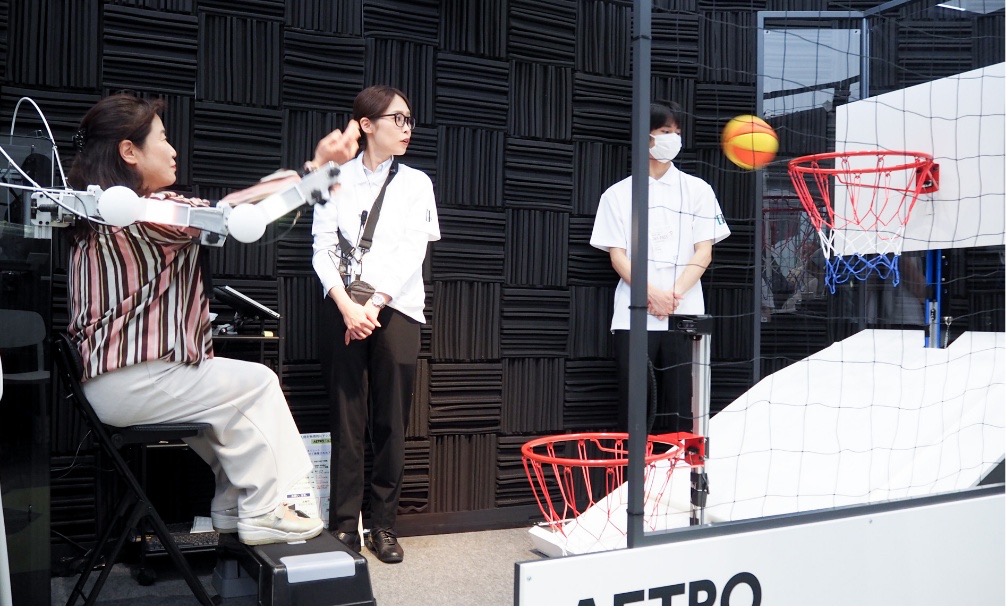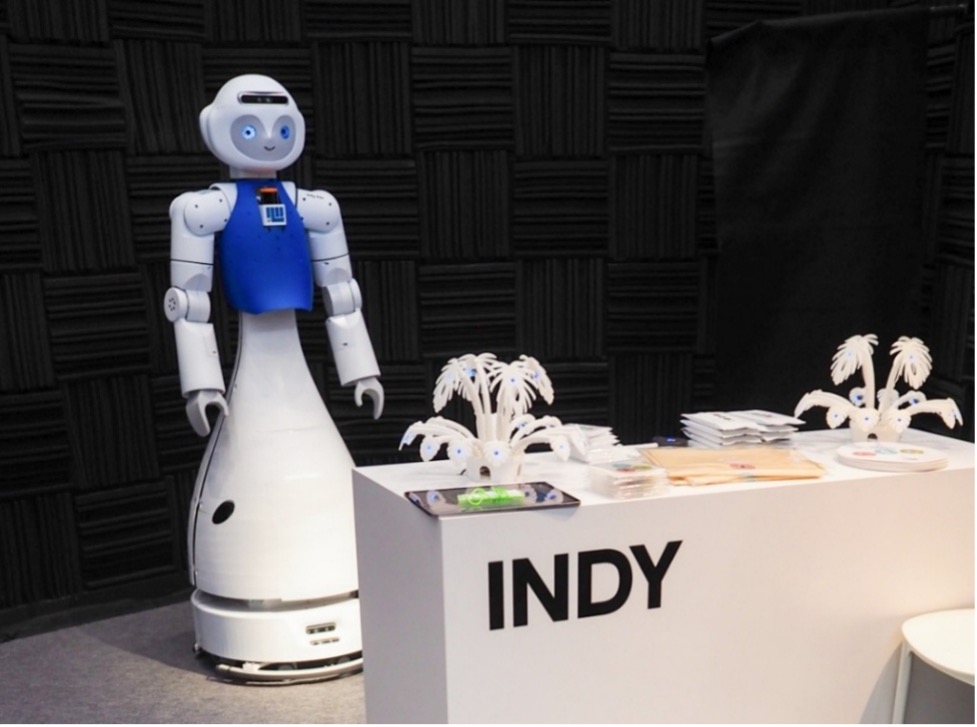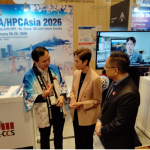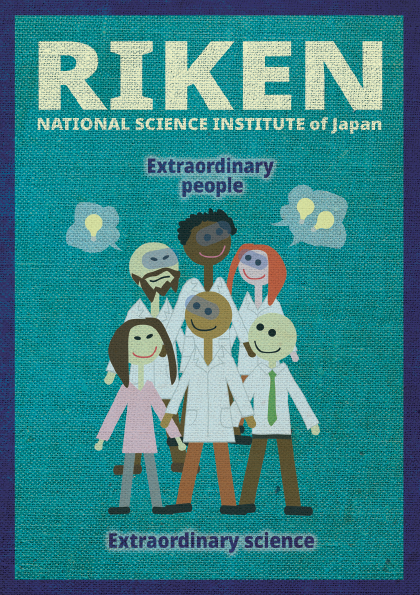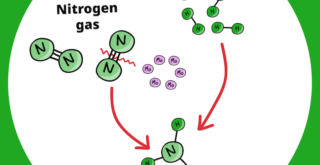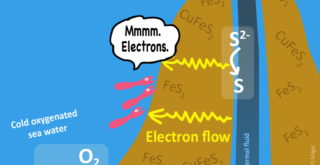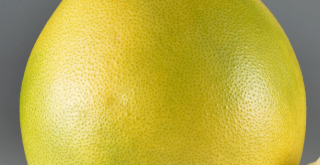This past May, I had the opportunity to experience something truly futuristic at EXPO 2025 Osaka in Japan. At the Future Life Village section of the Expo, RIKEN’s Guardian Robot Project (GRP) showcased three cutting-edge, though still under development, robots—each with a unique personality and purpose. These weren’t your typical machines. They are designed to feel, respond, and even grow alongside humans.
The GRP was launched in 2019 and is all about creating robots that blend into our daily lives—offering subtle support and communicating with us in ways that feel surprisingly human. At the Expo, more than 7,000 people stopped by to see the robots in action, and about 700 even participated in what turned out to be the project’s largest demonstration to date.
Nikola – A Robot That Truly Empathizes
The first robot on display was Nikola, a humanoid android head with an astonishing range of facial expressions. Joy, anger, surprise, disgust—even a skeptical frown, Nikola can show them all. Visitors were invited to propose emotional scenarios, like “I just had an argument with a friend” or “Dinner tonight was amazing!” and Nikola responded with perfect facial reactions. I was really surprised that Nikola’s facial expressions were so realistic—they really resembled those made by people.
Aetro – The Wearable Robot Assistant
Next up was Aetro, a wearable robotic helper you strap onto your arms or legs. Unlike traditional assistive devices that simply help with pre-programmed tasks such as lifting objects, or slow movements, Aetro reads the electrical signals from your muscles to predict what you want to do—and helps you do it, instantly. I tried taking some basketball shots with Aetro on my arm, and it was a game-changer. I’m usually hopeless at this kind of sport, but suddenly I could shoot the ball accurately from far away with hardly any effort. Best of all, it didn’t even feel like I was being helped. It just felt … natural.
Indy – The Robot That Grows With You
Last but not least was Indy, a robot designed to learn and grow through daily life with humans. Indy navigates familiar spaces like homes and offices and picks up on subtle cues like posture and gestures to understand what’s going on. At the Expo, when visitors raised their hands to Indy, it approached them, engaged in a short chat, and then offered a novelty gift from a selection that matched the visitor’s mood—Coasters, eco-bags, or even fans! When it was my turn, Indy asked me how I felt about coming to the Expo and whether there was a pavilion that I was curious about. I told it that I was excited and wanted to visit the pavilion about the “Future of Life.” Then, Indy offered me a tote bag.
A New Kind of Connection
What struck me most was how human these robots seemed to be. I found myself trying to communicate with the robots like I would with a real person. I had thought robots were just machines, but now I actually wanted them to listen and understand me.
The researchers behind the project were thrilled with the turnout and the feedback. I spoke with Koichiro Yoshino, one of the team leaders whose lab works on the project. “We aim to create robots that grow together with people,” says Yoshino. “Although we haven’t reached that stage yet, by analyzing data from conversations between robots and participants, as well as participant impressions after interacting with the robots, we hope to bring robots closer to becoming a familiar part of daily life.”
He went on to say that this was their first large-scale demo, and that they were nervous. “But seeing people enjoy it and offer real insights gives us even more motivation to analyze the data and apply them to the next set of experiments,” he explained.
A future where robots don’t just serve us, but live with us, understand us, and maybe even care about us, is already around the corner. You better keep an eye on RIKEN’s Guardian Robot Project and what it comes up with next!
The GRP was launched in 2019 and is all about creating robots that blend into our daily lives—offering subtle support and communicating with us in ways that feel surprisingly human. At the Expo, more than 7,000 people stopped by to see the robots in action, and about 700 even participated in what turned out to be the project’s largest demonstration to date.
Nikola – A Robot That Truly Empathizes
The first robot on display was Nikola, a humanoid android head with an astonishing range of facial expressions. Joy, anger, surprise, disgust—even a skeptical frown, Nikola can show them all. Visitors were invited to propose emotional scenarios, like “I just had an argument with a friend” or “Dinner tonight was amazing!” and Nikola responded with perfect facial reactions. I was really surprised that Nikola’s facial expressions were so realistic—they really resembled those made by people.
Aetro – The Wearable Robot Assistant
Next up was Aetro, a wearable robotic helper you strap onto your arms or legs. Unlike traditional assistive devices that simply help with pre-programmed tasks such as lifting objects, or slow movements, Aetro reads the electrical signals from your muscles to predict what you want to do—and helps you do it, instantly. I tried taking some basketball shots with Aetro on my arm, and it was a game-changer. I’m usually hopeless at this kind of sport, but suddenly I could shoot the ball accurately from far away with hardly any effort. Best of all, it didn’t even feel like I was being helped. It just felt … natural.
Indy – The Robot That Grows With You
Last but not least was Indy, a robot designed to learn and grow through daily life with humans. Indy navigates familiar spaces like homes and offices and picks up on subtle cues like posture and gestures to understand what’s going on. At the Expo, when visitors raised their hands to Indy, it approached them, engaged in a short chat, and then offered a novelty gift from a selection that matched the visitor’s mood—Coasters, eco-bags, or even fans! When it was my turn, Indy asked me how I felt about coming to the Expo and whether there was a pavilion that I was curious about. I told it that I was excited and wanted to visit the pavilion about the “Future of Life.” Then, Indy offered me a tote bag.
A New Kind of Connection
What struck me most was how human these robots seemed to be. I found myself trying to communicate with the robots like I would with a real person. I had thought robots were just machines, but now I actually wanted them to listen and understand me.
The researchers behind the project were thrilled with the turnout and the feedback. I spoke with Koichiro Yoshino, one of the team leaders whose lab works on the project. “We aim to create robots that grow together with people,” says Yoshino. “Although we haven’t reached that stage yet, by analyzing data from conversations between robots and participants, as well as participant impressions after interacting with the robots, we hope to bring robots closer to becoming a familiar part of daily life.”
He went on to say that this was their first large-scale demo, and that they were nervous. “But seeing people enjoy it and offer real insights gives us even more motivation to analyze the data and apply them to the next set of experiments,” he explained.
A future where robots don’t just serve us, but live with us, understand us, and maybe even care about us, is already around the corner. You better keep an eye on RIKEN’s Guardian Robot Project and what it comes up with next!


